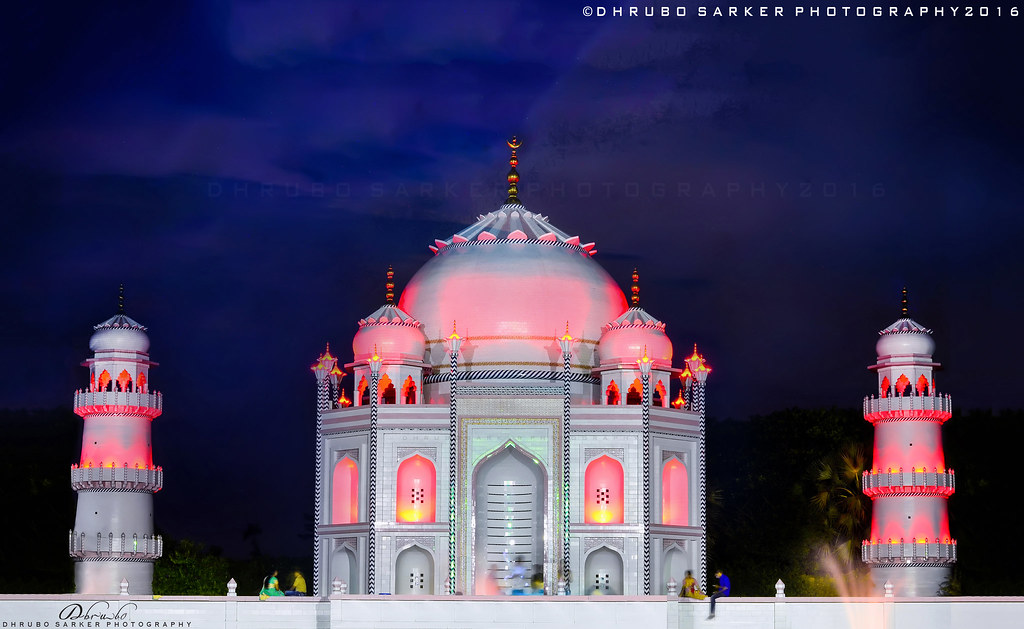Taj Mahal: The Symbol of Love and Beauty
Standing tall in the city of Agra, India, the Taj Mahal is one of the most iconic attractions in the world, embodying love and beauty in its majestic structure. As a symbol of love, the Taj Mahal was built by Mughal Emperor Shah Jahan in memory of his beloved wife, Mumtaz Mahal. Since its completion in 1648, the Taj Mahal has received millions of tourists every year and has been declared a UNESCO World Heritage Site. This article will take you through the history, architecture, and significance of the Taj Mahal.
History of the Taj Mahal
The Taj Mahal was commissioned by Mughal Emperor Shah Jahan in 1631 to commemorate the death of his beloved wife, Mumtaz Mahal. He wanted to create a monument to her that would stand above all others and express his love and devotion for her.
The construction of the Taj Mahal was a massive undertaking, and it took more than 20,000 workers and 1,000 elephants over 22 years to complete the project. The Taj Mahal is made up of white marble and decorated with semi-precious stones, intricate carvings, and calligraphy.
The Taj Mahal is considered one of the most beautiful examples of Mughal architecture and is an important symbol of India’s culture and heritage. The complex includes several other structures, including a mosque, a guest house, a garden, and a gatehouse.
Architecture of the Taj Mahal
The Taj Mahal is made up of four main parts: the main dome, the four minarets, the terrace, and the gateway. The main dome is made up of four arches that rise to a height of 73 meters and is topped by a large white marble dome. The four minarets that stand at each corner of the main dome are about 40 meters high and are decorated with intricate carvings. The terrace is a large platform that sits between the dome and the gateway and is surrounded by a reflecting pool. The gateway is a large red sandstone archway that serves as the entrance to the complex.
The Taj Mahal is also decorated with a variety of semi-precious stones, including jasper, agate, lapis lazuli, and carnelian. The stones are inlaid into the marble in beautiful patterns and form a stunning display of color and light.
Significance of the Taj Mahal
The Taj Mahal is an iconic symbol of love and devotion, serving as a reminder of the power of love and the beauty of life. Since its completion in 1648, the Taj Mahal has been a popular tourist destination, attracting millions of visitors each year.
It is also an important symbol of India’s culture and heritage, and it has been declared a UNESCO World Heritage Site. The Taj Mahal is considered one of the most beautiful examples of Mughal architecture and is a testament to the power of love and devotion.
Conclusion
The Taj Mahal is a beautiful and iconic symbol of love and beauty, standing tall in the city of Agra, India. It was commissioned by Mughal Emperor Shah Jahan in 1631 to commemorate the death of his beloved wife, Mumtaz Mahal. The Taj Mahal is made up of white marble and decorated with semi-precious stones, intricate carvings, and calligraphy. It is considered one of the most beautiful examples of Mughal architecture and is an important The Taj Mahal, a masterpiece of Mughal architecture, stands as an enduring symbol of love and beauty in Agra, India. Commissioned by Emperor Shah Jahan in 1631 to honor his beloved wife, Mumtaz Mahal, its gleaming white marble structure adorned with intricate carvings and semi-precious stones mesmerizes millions of visitors yearly. As an UNESCO World Heritage Site, the Taj Mahal represents India’s rich cultural heritage, embodying the profound emotions of devotion and romance. Its serene gardens and majestic dome evoke a sense of awe and wonder, inviting visitors to immerse themselves in its timeless allure and discover the eternal bond that inspired its creation.

